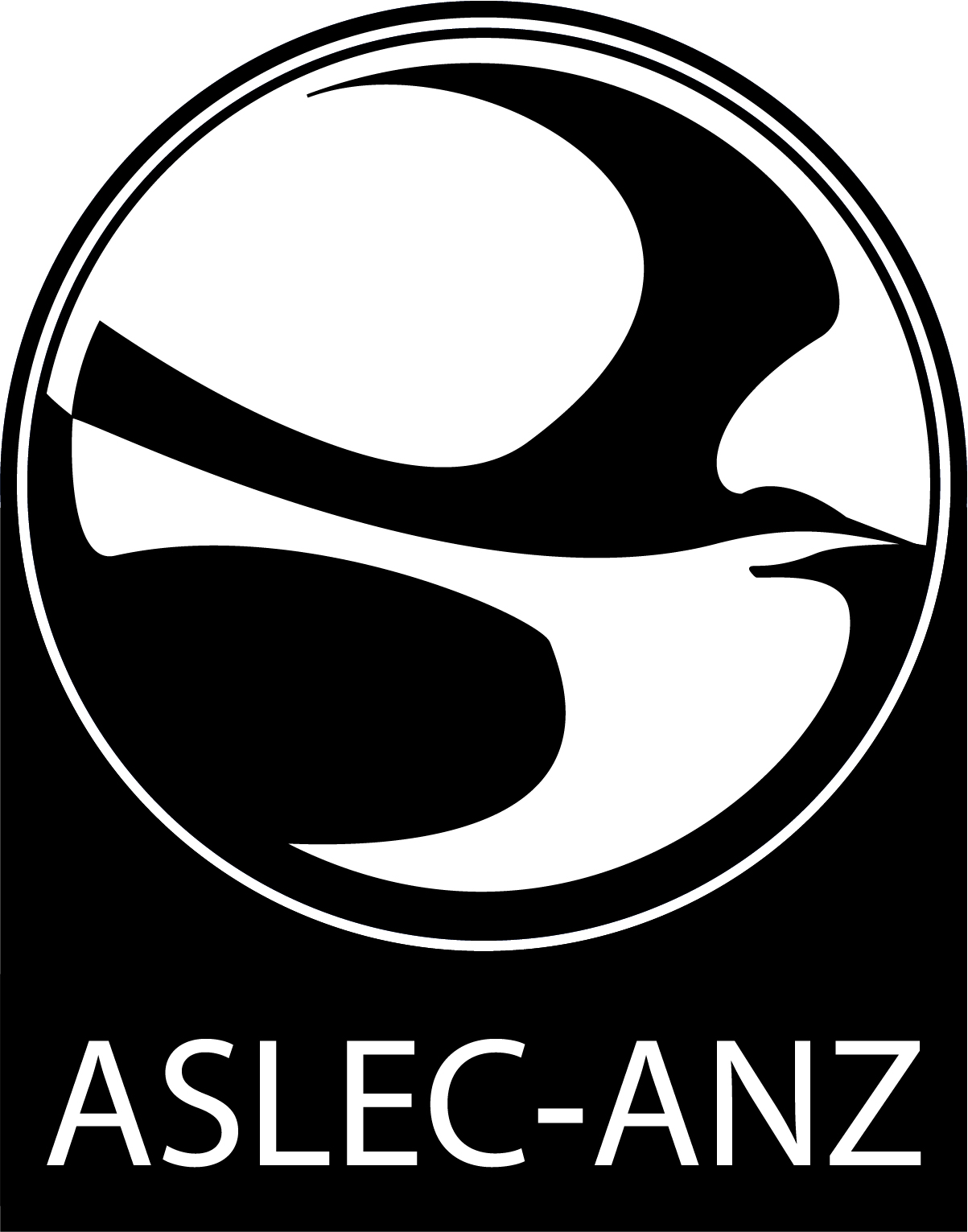Swamphen: A Journal of Cultural Ecology
Swamphen: A Journal of Cultural Ecology encourages critically creative responses to the sentient habitats of the world. We publish scholarly articles, lyrical essays, creative works and reviews of relevant scholarship, amplifying work that attends to human encounters with other species. Our journal emerges from the air, lands and seas that formed the first peoples of our region and we attend to these communities’ narratives as a first principle. While the journal primarily offers literary insights into the unsettled territories many know as Australia and Aotearoa, we also look to other ecologies in formation during this time of critical environmental change. All contributions to Swamphen are double-blind peer reviewed. Issues are published in response to ASLEC-ANZ conferences, events and symposia. We welcome separate proposals for special issues at anytime.
Swamphen: a Journal of Cultural Ecology was previously known as the Australasian Journal of Ecocriticism and Cultural Ecology. Our refreshed name refers to the Australasian swamphen (Porphyrio melanotus), known as the pūkeko in Māori language and the kwilom in Noongar language. Like the swamphen, our journal attends to life on the ground, in the skies and in waters. The name itself, swamp and hen, brings together the plants, earth, water and animals that are the focus of ASLEC-ANZ.
Editorial Collective: Chantelle Bayes, Rachel Fetherston, Alanna Myers, Sue Hall Pyke, Adam Grener, Jennifer Hamilton.
General enquiries: Susan Pyke (smpyke@unimelb.edu.au)
Book review queries: Alanna Myers (alanna.myers@unimelb.edu.au)
Current Issue:
Volume 11 (2025) Recentring the Regions (Chantelle Bayes, Susan Pyke, Adam Grener, Alanna Myers and Jennifer Hamilton)
This special issue of Swamphen journal arose from the Recentring the Region conference; hosted jointly by the Association for the Study of Literature, Environment and Culture (ASLEC-ANZ) and the Association for the Study of Australian Literature (ASAL) that took place at RMIT in Naarm (Melbourne) on the 4–7 July 2023.
This special issue brings together nine works and a keynote essay that speak to regions, to the ways they bring together bodies through hydrologies, ecologies and geographies, but can also move them apart; and to the processes of colonisation that have sought to carve up and reshape regions. Growing out of the conference, the issue asks in what ways does art, literature and critique shape environmental thought and action? How might we rethink regions? How does the more-than-human world relate to ‘the region’? How do habitats, forests, cities and towns co-become with/as regions? Through considering the mutability of regions, and the thinking they provoke, how are they continually being constituted by practices that encompass the literary and the artistic in all their forms?
Immediate Past Issue:
Volume 10 (2024): Ngā Tohu o te Huarere: Conversations Beyond Human Scales (Christine Howe, Alanna Myers, Robyn Maree Pickens, Sue Pyke)
Featuring the work of Ellen van Neerven, Fred Gesha, Sadie Hale, Louisa King and Therese Keogh, Luna Mrozik Gawler, Rachel Fetherston and Jessica Wilson, Carole Freeman and Deborah Wardle.
Swamphen emerges from the air, lands and seas that form the stories of the First Peoples of Australia and Aotearoa. We attend to these communities’ narratives as a first principle. We acknowledge the unceded territories on which we and our contributors have worked to produce this issue of Swamphen. We pay our respects to those territories’ Elders, past and present, with an eye to our namesake, the swamphen (kwilom, milu, ping ping, Porphyrio melanotus, pukeko), a bird active in this region’s ground, skies and waters.
Past Issues Archive:
- Swamphen #9: Strange Letters (2023 Issue Guest Edited by Chantelle Bayes, Chantelle Mitchell & Jaxon Waterhouse)
- Swamphen #8: Particular Planetary Aesthetics (2021 Special Issue guest edited by Louise Boscacci and Perdita Phillips, October 2022)
- Swamphen #7: Grounding Story (2019 Issue & Relaunch of AJE as Swamphen: A Journal of Cultural Ecology)
- From 2011-2016 Swamphen was known as the Australian Journal of Ecocriticism and Cultural Ecology https://openjournals.library.sydney.edu.au/Swamphen/issue/archive
Swamphen is published through the University of Sydney and current and previous editions are available at: https://openjournals.library.sydney.edu.au/index.php/Swamphen
Cover artwork and design by Charlie Perry

